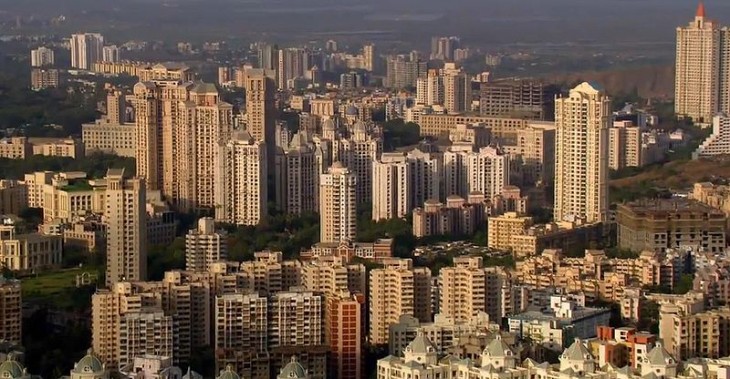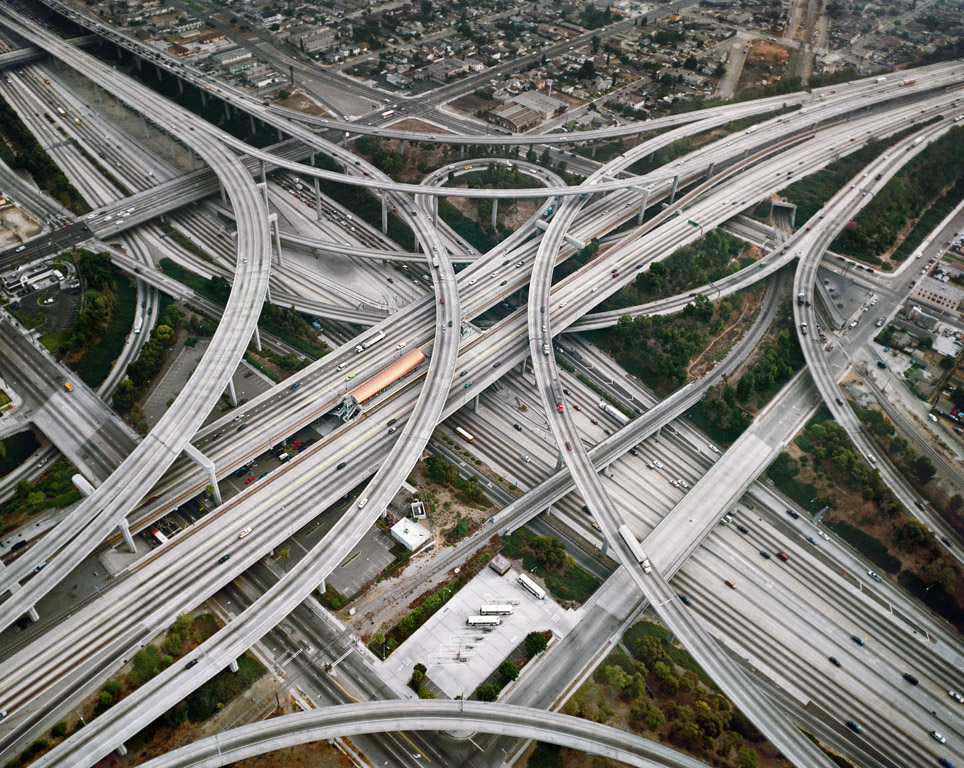Sustainability is a long run, people-centered concept. There have been many attempts to define sustainability, but most aret rooted in the general concept of intergenerational equity. Sustainable development, as used in this paper, means meeting the needs and wants of people of the current generation while leaving equal or better opportunities for people of generations to follow. What is to be sustained? — development of resources: natural, human, and economic. What is the purpose of development? — positive change or human progress, not necessarily growth in numbers or size. Who is to benefit from such development? — people of the current generation and of generations to follow. For how many generations is development to be sustained? — for all future generations, forever. Thus, sustainability is about sustaining a desirable quality of life for people, forever. The issue of sustainability is rooted in a set of questions: is our economy sustainable, is our society sustainable, is human life on earth sustainable, is the earth sustainable?
I disagree with the point that we can separate the buildings out of the infrastructure of cities and the mobility of transit . From an architect’s perspective, it must be said at the outset that issues as complex and far-reaching as urban regeneration, environmental sustainability, and economic development are impacted first by choices made long before a project reaches an architect’s office. These are basic choices, like where a developer chooses to build. They are the choices a city government makes when it implements policies that encourage particular types of development. Most importantly, however, they are the choices a society makes about the ways it wants grow, and the legacy it wants to leave to future generations. In this context, it must be admitted that the individual architect has limited power — the architect doesn’t typically choose the site, nor does he or she make the laws. To produce a sustainable project, an architect must be a part of a larger team committed to sustainable goals. It’s been said many times: great architecture requires great clients. In fact, sustainable development requires much more than that. It requires the attention and energy of all of us — architects, developers, politicians, tenants, and the public at large — because to be effective, it must happen on a national and global scale.

All of this points to the fact that sustainability is not just a technical problem. To be successful, a sustainable project must address its social and economic contexts — in other words, a project must be socially sustainable and economically sustainable. A sustainable project must resonate with its society, providing an environment that attracts and inspires. And a sustainable project must make economic sense — it doesn’t matter how green a building is if it fails in the marketplace.






